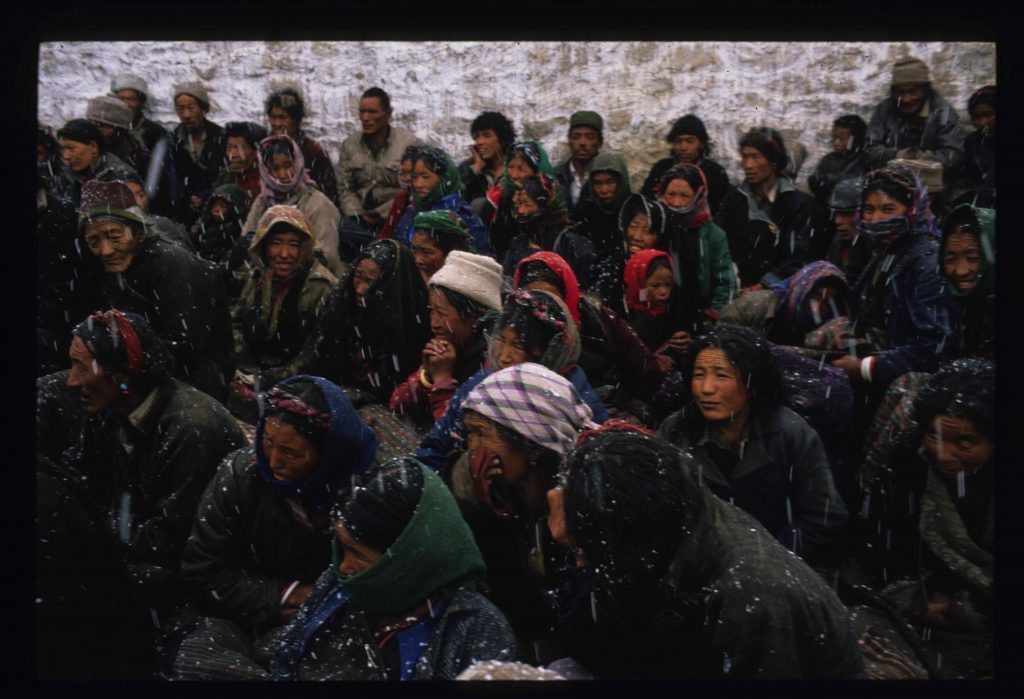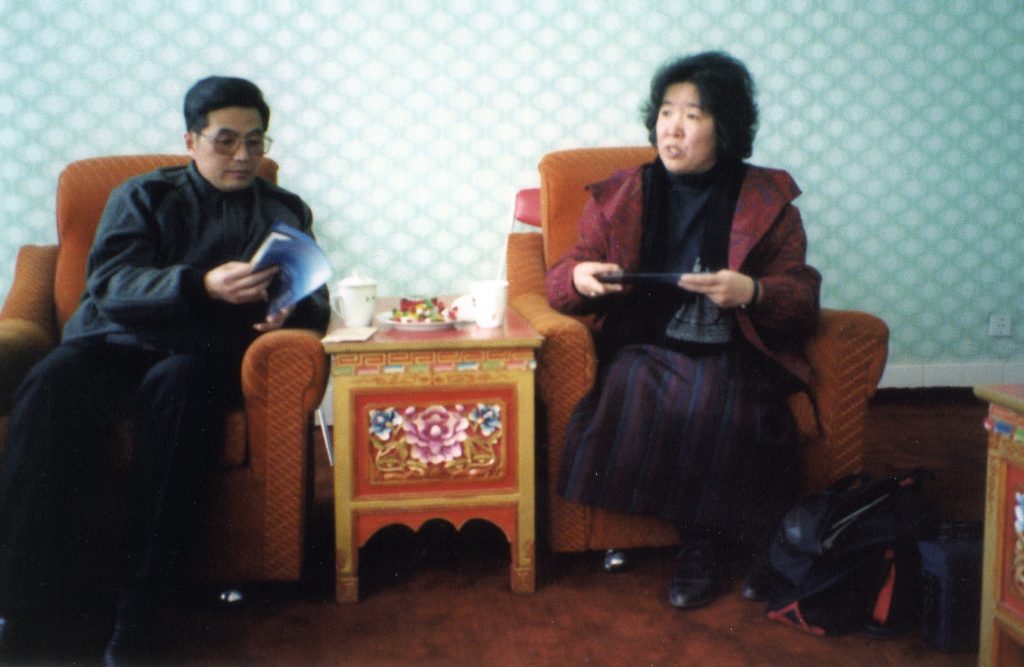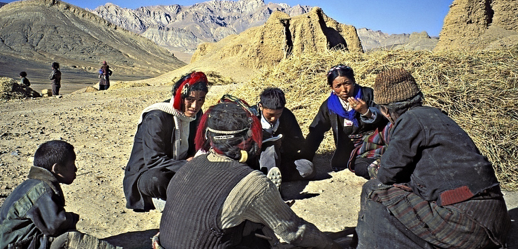This is part two of a six part series exploring Future Generations University’s global policy impact. For an overview of the series, click here.
In the 1980s, the Tibet Autonomous Region of China was facing a crisis: how to advance economic development without sacrificing environmental conservation. Today, the region is a global leader in a new model of community-led conservation linked to development. Ecosystem are protected by communities who have adopted new behaviors that restore the land and improve their economic prospects.
Research Question: Can nature conservation occur with economic development, without being driven by money, among the world’s poor, and at large scale?
Area of Focus: Conservation and economic development in the poorest counties in China.
Policy Result: Research led to a new nature preserve model, including the world’s largest community-based preserve; this inspired the formation of 18 nature preserves protecting 54 percent of Tibet.
Work Started: 1985

Future Generations began what would become the world’s first major community-based nature preserve. The call to conserve began around Qomolangma (the Tibetan name for Mount Everest). Here are the highest human communities in the world; but half of the population lived below the poverty line and 98 percent were illiterate. The circumstances demanded that conservation focus not only on four of the world’s six highest summits but on improving the lives of the people as well. Eighteen preserves followed creating a new rubric of conservation.
There was a government and international consensus on the environmental problems plaguing the region. According to the Chinese government, the fundamental issue was poverty; international research findings, meanwhile, focused on black market trade of animals. Future Generations researchers began anew with anthropology, seeking to understand the issue from the community members’ perspective. Energy, health, transportation, and food for their animals emerged as the most pressing issues facing communities.

Treaties and regulations were of little meaning in these remote mountains and valleys. Researchers concluded that community members themselves must be enlisted to protect the environment—and to do so, conservation had to address their needs as well. Health trainings led to behavioral changes that improved lives; solar cookers took advantage of the high levels of solar radiation to provide energy and income opportunities; new growing techniques allowed saplings to take root providing food for animals.

Once their material lives began to improve, communities’ self-interest led to the protection of nature.
Here is one example of how that phenomenon played out. During a community meeting, an old villager spoke up: “I understand. When we are thinking of doing some action to improve our lives today, we must also ask ‘What is the consequence of this 100 years from now?’ This way we are improving our todays and our tomorrows.” For the planning of the park, researchers started calling this ‘The Qomolangma Question”—it came from the people.
This was the innovation: conservation as a function of community government, not a separate park service. In this way, environmental protection springs from the community itself as opposed to being imposed by outside forces while also keeping the costs of a new bureaucracy to a minimum. Qomolangma National Nature Preserve, the first park established under this conservation paradigm, protects more than 3.3 million hectares of the Himalayas; 18 national parks followed, protecting 54% of the Tibet Autonomous Region.


